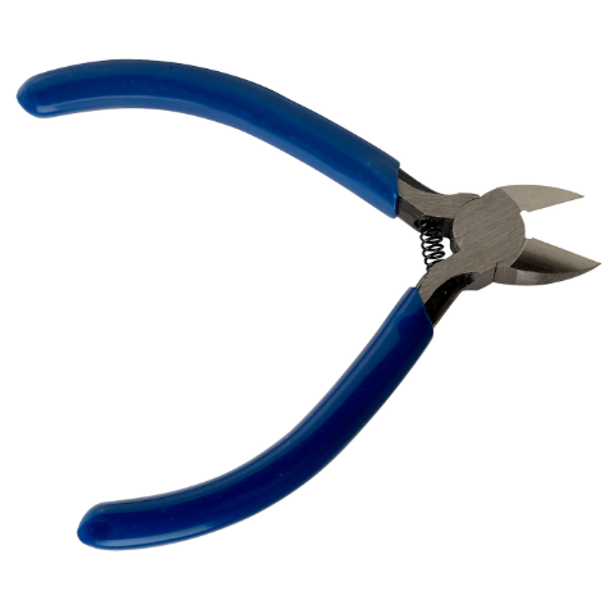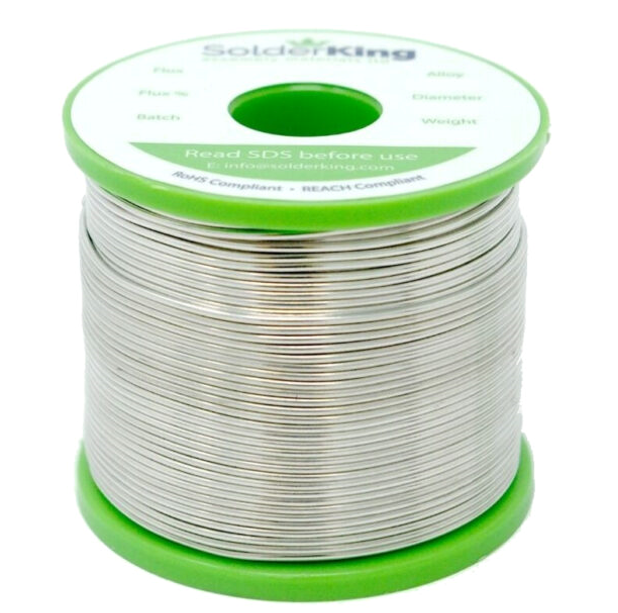A desoldering pump is used to remove solder from a circuit board. Once the pump has been primed by pushing down the plunger, pressing the black button causes solder to be sucked inside that has been melted by a soldering iron.

When melting solder harmful fumes can be released which can irritate the lungs and eyes. The flux within the core of the solder helps it to flow on to the circuit board but unfortunately its fumes can be unpleasant. Older solder can contain lead, which is a poisonous heavy metal so it is particularly important to avoid contact with the fumes. A fume extractor pulls the fumes away from the user and either passes the fumes through an activiated charcoal filter or pumps them outside. The image shown is of a small activated carbon fume extractor.

It can be difficult to hold a circuit boards when soldering, particularly when the board is small or when the work needs to be very accurate. The tool shown below holds the circuit in place and the magnifying glass helps you to see and check your joints.

These are very useful for picking up and placing small parts and components. A common use is for bending component leads into shape and pulling them through circuit board holes prior to soldering.

You might also hear these called wire cutters, and like the name suggests they are used to cut wires and component leads.

Solder is an alloy with a low melting point (over 300 degrees celcius) which is used to join metal parts together. In the past it was manufactured as an alloy of tin and lead, this type of solder is not normally used now because lead is toxic. Modern solder is usually an alloy of tin and other metals such as silver and copper. The inner core of solder contains flux, a compound which helps the solder to flow onto the joint. Solder and flux fumes can be harmful so special care needs to be taken.

Elecrtrical soldering irons consist of a heating element which heats up a metal tip. The tip is usualy chisell shaped although fine tips are also available for fine work. Great care must be taken when using a soldering iron as they can reach temperatures of 400 degrees and can cause serious burns. It is important to check the lead for burns or cuts before it is plugged in to prevent electric shocks.

When not in use the soldering iron must be placed in a stand to prevent it burning objects or skin. The metal coil can become hot and cause burns if care is not taken.

When mistakes are made or faulty components need to be replaced it is necessary to remove existing solder. One method of achieving this is by using solder wick or desoldering braid. The wick is placed over the solder to be removed and heated with a soldering iron. As the solder melts it is drawn into the wick away from the joint.

Between soldering each joint the tip of the soldering iron must be cleaned to remove dirt and oxidised solder. The sponge is made of a non flammable material and should be made slightly damp before use.

Wire strippers are used to remove the outer insulatoin of wires and cables. There are many different types, a simple one is shown.


